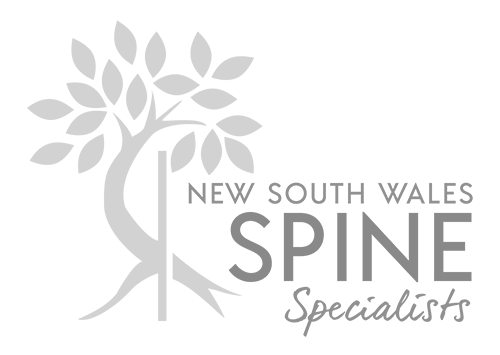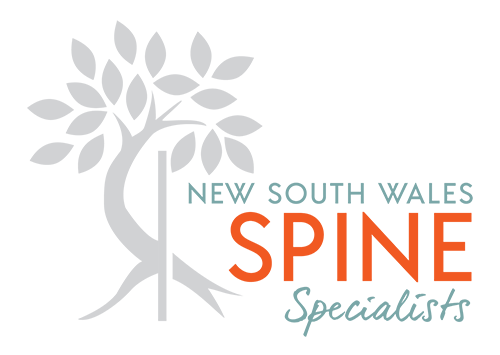Back pain is one of the most commonly reported medical problems in society as well as the leading cause of job related disability. It is estimated to affect 8 out of 10 people at some point in their lives.
Back pain can occur slowly over time due to changes as we age, or can occur suddenly from injury. Back pain can be acute (short term) lasting a few days to a few weeks, or chronic (long term) persisting for more than 3 months. It is important to understand that most back pain will resolve itself within a few weeks.
Risk Factors for Back Pain
Anyone can develop back pain at any point in their lives; however there are certain risk factors that may predispose you to developing back pain.
These include the following:
Increasing age raises your risk of developing back pain due to decreased bone strength and muscle tone. Discs can lose their flexibility and deteriorate with age causing less cushioning between the vertebrae.
- Sprain, strain, or spasm to the back muscles or ligaments caused by heavy or improper lifting. This is the most common cause of low back pain and will usually resolve completely in a few weeks.
- Injury or trauma to the back such as in car accidents, sports injuries or falls.
Diagnosis of Back Pain
Evaluating the source of back pain is critical in determining your treatment options for relief of the pain.
Dr Hsu or Dr Singh will take a comprehensive medical history and perform a physical examination. Depending on what the history and exam show, your NSWSS spinal surgeon or your GP may order medical tests to determine the cause of your back pain.
Diagnostic studies may include:
magnetic and radio waves are used to create a computer image of soft tissue such as nerves and ligaments.
CT scan with myelogram: a type of medical imaging which is done by injecting contrast medium into the affected area of the spine followed by CT scan of the area that creates 3D images from multiple x-rays.
Conservative Treatment Options for Back Pain
Treatment for back pain will depend on the cause of the pain and whether the pain is acute or chronic.
Acute back pain, the most common type of back pain, usually gets better on its own. Treatment guidelines for acute back pain include:
- Continue your normal daily activities as much as possible: bed rest is not recommended and in fact can make your pain worse
- NSAIDS (non-steroidal anti-inflammatory drugs) such as aspirin, ibuprofen, acetaminophen, can help ease the pain until it resolves
- Ice or heat packs, or both, applied to the back can help relieve stiffness and pain.
- Sleeping with a pillow between the knees while lying on your side or placing a pillow under your knees while sleeping on your back may help alleviate back pain.
- Exercise or surgery is not recommended for acute back pain
- Referral to a Physiotherapist or Sport Physician to instruct you on exercises to strengthen your trunk and back muscles.
- Medications: Dr Hsu, Dr Singh or your GP may prescribe over the counter anti-inflammatory medications such as ibuprofen, Tylenol, etc. For severe pain, you may be prescribed narcotic pain medications, muscle relaxants, anti-depressants, or injections into the back to decrease pain and inflammation. Prescription sleep aids are sometimes prescribed as most chronic pain patients also suffer with sleep disorders.
- Therapeutic Massage: Massage by a trained therapist can decrease muscle spasms
- Electrical Stimulation: Safe and painless, Transcutaneous electrical nerve stimulation, or TENS, sends a weak electrical current from the skin to the nerve pathways to interrupt pain signals being sent to the brain.
- Spine Care Education: your NSWSS spinal surgeon may recommend that you speak with one of our Practice Nurses to learn about posture, exercises, proper body mechanics, and back pain prevention.
- Behavioural Modification: Dr Hsu, Dr Singh or your GP may discuss ways for you to change current behaviours which may be affecting your back health. These include quitting smoking, eating healthier, losing weight, and getting regular sleep.
Surgical Treatment for Back Pain
If your back pain persists, interferes with your sleep and daily activities, and does not respond to conservative treatment, your NSWSS surgeon may suggest surgery.
Surgical treatment is rarely the first choice for back pain unless Cauda equina syndrome, a medical emergency, has been diagnosed. Dr Hsu or Dr Singh will likely order conservative treatment methods first as previously described.
Some of the medical diagnoses that may need surgical intervention include:
- Herniated discs
- Spinal Stenosis
- Spondylolisthesis
- Degenerative Disc Disease
- Vertebral Fractures
All surgical procedures involve risks. The information provided here is for general educational purposes only. For specific advice regarding back pain treatment, please book an appointment with one of our surgeons.
For appointments and enquiries please phone 1300 975 800
info@ssnsw.com.au
Fax: (02) 9136 7396
8:00 am - 5:30 pm
Monday to Friday

